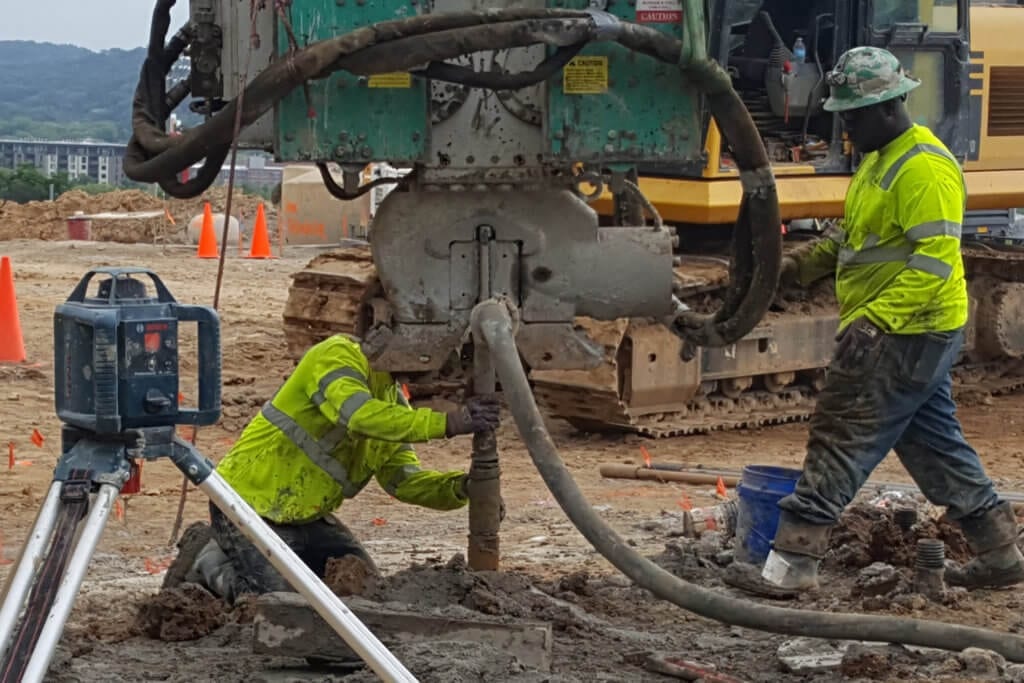In the complicated building ballet, Rectify Underpinning a structure is like delicate surgery. This problematic operation strengthens or stabilizes a building’s foundation and demands precision, experience, and teamwork. The interaction between project managers, contractors, and structural engineers is crucial to such an attempt. Their coordination is essential to underpininng projects’ success.

Understanding collaborative dynamics starts with the structural engineer’s function as the project’s cornerstone. These experts know physics, materials science, and geotechnical engineering. Their initial assessments evaluate soil condition, load-bearing capacities, and the structure’s historical integrity to establish the required underpinning. This technical study and review phase prepares the project for the next steps.
Structural engineers do more than calculate and analyze. Their input is vital in developing the underpinning process, choosing mass concrete, mini-piled, or creative solutions for the building’s needs. Each option has unique issues and demands a thorough understanding of the site and structure. Engineers and project managers must collaborate to balance technical feasibility with time, budget, and site constraints.
The implementation phase puts plans into action, bringing collaboration to life. Regular communication between structural engineers, contractors, and project management ensures the underpinning work meets design standards. Changing and making decisions on the spot are expected at this time. On-site or regular contact with the structural engineer guarantees these decisions are based on safety and structural integrity, minimizing risks and avoiding costly mistakes.
Problem-solving is part of teamwork. Underpinning projects can involve unexpected soil conditions, structural issues, or archaeological finds. The structural engineer-led team’s knowledge and ingenuity are crucial. Effective collaboration yields solutions that meet project limits and ensure structural safety.
Working with regulations is another essential part of collaboration. It is a shared duty to navigate permits, building codes, and regulations. With their legal and technical knowledge, structural engineers help ensure compliance. Their experience can streamline approval, anticipate regulatory problems, and design solutions.







